Does anyone else have Monkey Puzzle Trees
theyardman
14 years ago
Featured Answer
Sort by:Oldest
Comments (124)
L
7 years agosc77 (6b MA)
7 years agoRelated Professionals
Saint Louis Park Landscape Architects & Landscape Designers · Mount Wilson Landscape Architects & Landscape Designers · Wilmington Landscape Contractors · Fort Myers Landscape Contractors · Lemoore Landscape Contractors · Middle River Landscape Contractors · Suitland Landscape Contractors · Wickliffe Landscape Contractors · Woodbury Landscape Contractors · Dayton Window Contractors · South Laurel Window Contractors · Yeadon Window Contractors · Roselle Park Window Contractors · Linthicum Window Contractors · Merriam Window Contractorsararreaeeeeeeeeeeeeeeee
7 years agostuartlawrence (7b L.I. NY)
6 years agodavidrt28 (zone 7)
6 years agolast modified: 6 years agocm05
6 years agodavidrt28 (zone 7)
6 years agodavidrt28 (zone 7)
6 years agolast modified: 6 years agostuartlawrence (7b L.I. NY)
6 years agostuartlawrence (7b L.I. NY)
6 years agolast modified: 6 years agodavidrt28 (zone 7)
6 years agolast modified: 6 years agocm05
6 years agogardengal48 (PNW Z8/9)
6 years agodavidrt28 (zone 7)
6 years agolast modified: 6 years agostuartlawrence (7b L.I. NY)
6 years agodavidrt28 (zone 7)
6 years agostuartlawrence (7b L.I. NY)
6 years agostuartlawrence (7b L.I. NY)
6 years agolast modified: 6 years agostuartlawrence (7b L.I. NY)
6 years agolast modified: 6 years agostanofh 10a Hayward,Ca S.F. bay area
6 years agodavidrt28 (zone 7)
6 years agolast modified: 6 years agogardengal48 (PNW Z8/9)
6 years agostuartlawrence (7b L.I. NY)
6 years agodavidrt28 (zone 7)
6 years agostuartlawrence (7b L.I. NY)
6 years agodavidrt28 (zone 7)
6 years agolast modified: 6 years agostuartlawrence (7b L.I. NY)
6 years agolast modified: 6 years agodavidrt28 (zone 7)
6 years agolast modified: 6 years agostuartlawrence (7b L.I. NY)
6 years agolast modified: 6 years agodavidrt28 (zone 7)
6 years agolast modified: 6 years agostuartlawrence (7b L.I. NY)
6 years agolast modified: 6 years agodavidrt28 (zone 7)
6 years agolast modified: 6 years agostuartlawrence (7b L.I. NY)
6 years agodavidrt28 (zone 7)
6 years agolast modified: 6 years agodavidrt28 (zone 7)
6 years agolast modified: 6 years agostuartlawrence (7b L.I. NY)
6 years agodavidrt28 (zone 7)
6 years agolast modified: 6 years agosam_md
5 years agodavidrt28 (zone 7)
5 years agolast modified: 5 years agostuartlawrence (7b L.I. NY)
5 years agolast modified: 5 years agodavidrt28 (zone 7)
5 years agolast modified: 5 years agostuartlawrence (7b L.I. NY)
5 years agolast modified: 5 years agodavidrt28 (zone 7)
5 years agolast modified: 5 years agostuartlawrence (7b L.I. NY)
5 years agodavidrt28 (zone 7)
5 years agolast modified: 5 years agostuartlawrence (7b L.I. NY)
5 years agolast modified: 5 years agostuartlawrence (7b L.I. NY)
5 years agolast modified: 5 years agogardengal48 (PNW Z8/9)
5 years agodavidrt28 (zone 7)
5 years agolast modified: 5 years agostuartlawrence (7b L.I. NY)
5 years agolast modified: 5 years ago
Related Stories

FUN HOUZZDoes Your Home Have a Hidden Message?
If you have ever left or found a message during a construction project, we want to see it!
Full Story
INSIDE HOUZZHow Much Does a Remodel Cost, and How Long Does It Take?
The 2016 Houzz & Home survey asked 120,000 Houzzers about their renovation projects. Here’s what they said
Full Story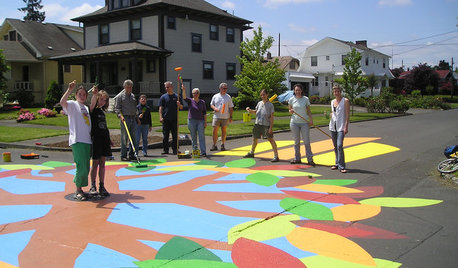
COMMUNITYCommunity Building Just About Anyone Can Do
Strengthen neighborhoods and pride of place by setting up more public spaces — even small, temporary ones can make a big difference
Full Story
MUDROOMSThe Cure for Houzz Envy: Mudroom Touches Anyone Can Do
Make a utilitarian mudroom snazzier and better organized with these cheap and easy ideas
Full Story
BEDROOMSThe Cure for Houzz Envy: Master Bedroom Touches Anyone Can Do
Make your bedroom a serene dream with easy moves that won’t give your bank account nightmares
Full Story
DECORATING GUIDESThe Cure for Houzz Envy: Guest Room Touches Anyone Can Do
Make overnight guests feel comfy and cozy with small, inexpensive niceties
Full Story
BUDGET DECORATINGThe Cure for Houzz Envy: Entryway Touches Anyone Can Do
Make a smashing first impression with just one or two affordable design moves
Full Story
CLOSETSThe Cure for Houzz Envy: Closet Touches Anyone Can Do
These easy and inexpensive moves for more space and better organization are right in fashion
Full Story
BUDGET DECORATINGThe Cure for Houzz Envy: Living Room Touches Anyone Can Do
Spiff up your living room with very little effort or expense, using ideas borrowed from covetable ones
Full Story
MOST POPULARWhen Does a House Become a Home?
Getting settled can take more than arranging all your stuff. Discover how to make a real connection with where you live
Full StoryMore Discussions






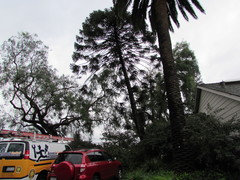


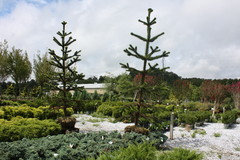

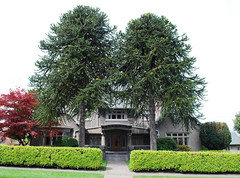
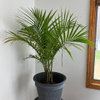
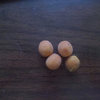
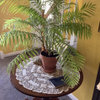
davidrt28 (zone 7)